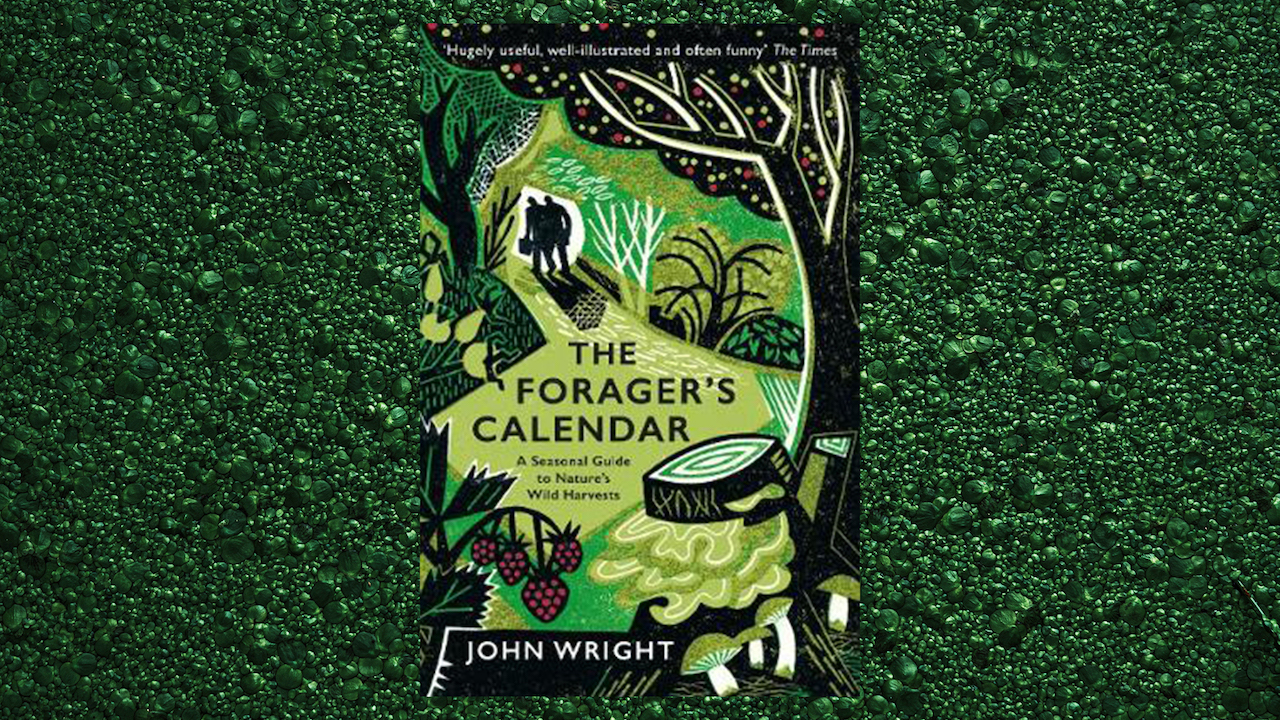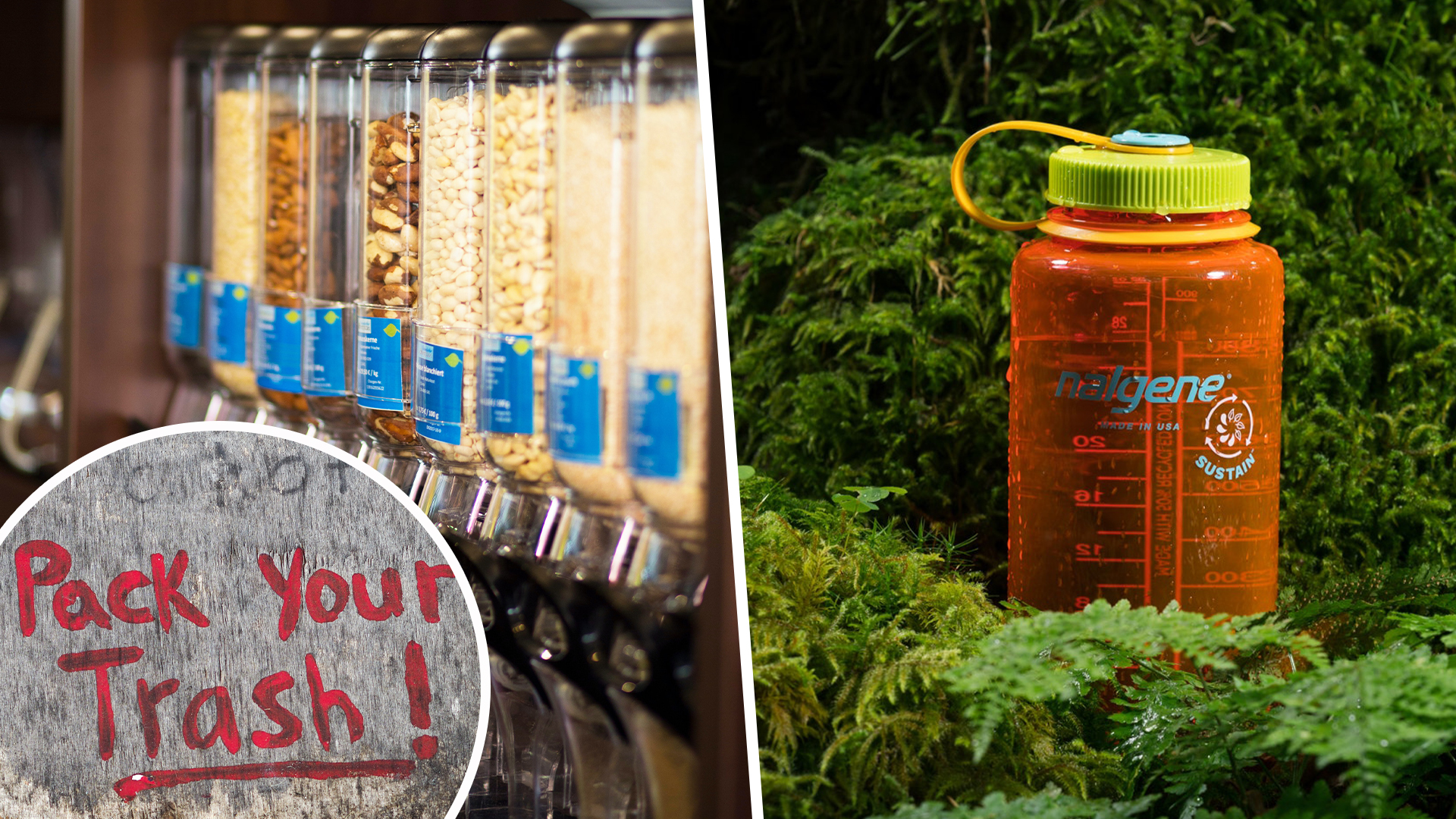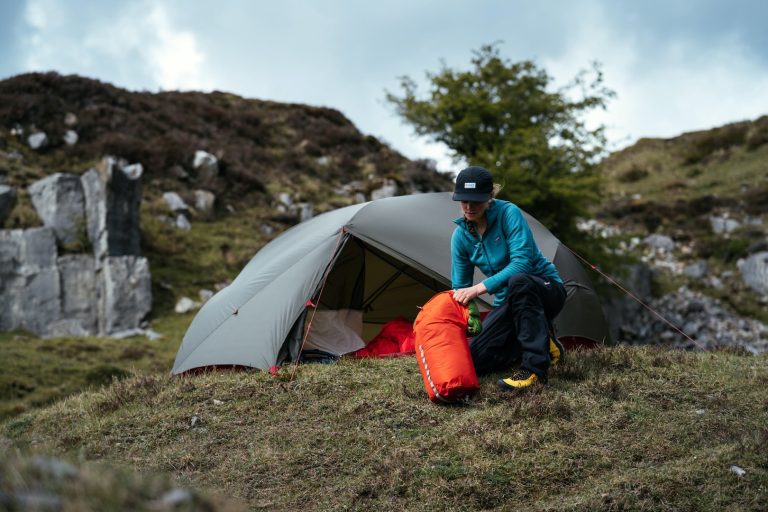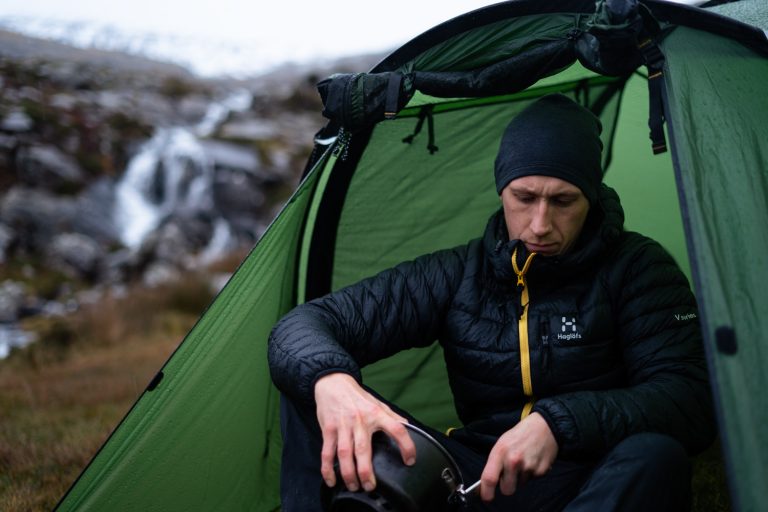Imagine that you’ve hit the apex of your trek. A mountain pass, a glacier, maybe an alpine lake. The view is perfect, unspoilt, Mother Nature in all her raw, dramatic glory. But then something catches your eye that doesn’t fit the scenery. Something not altogether natural. A red Penguin bar wrapper trodden into the ground. A crumpled piece of loo roll impaled on a gorse bush. A plastic bag floating slowly downstream. Sound familiar?
We’ve all been guilty of setting off hiking with pockets stuffed with prepackaged granola bars and meals carefully divided into individual Ziploc bags. First of all, there’s the single-use issue there, but then there’s also the risk that the packaging could end up on the trail simply by accident; slipping out of your pocket for instance, or being snatched out of your hand by the wind. It happens.
Learning to hike zero-waste takes practice but it’s surprisingly easy once you get the hang of it. In fact, after investing in a few key pieces of gear you may find that it’s actually cheaper. Here are 10 things we’ve learnt from consulting zero-waste shops, trial and many errors.
Zero-Waste Hiking: How To Prepare
It might seem obvious, but if you leave the shopping to the morning you’re due to leave you’re unlikely to pack well. Take time to write a list. How many days are you hiking for? How many meals do you need? Always pack for an extra day in case of emergencies (even if that emergency is just bottomless-pit syndrome, hiking is hungry work!).
Considering Your Sources
Where are you buying from? Can you get fresh market produce? Is there a zero-waste shop nearby? If you’re not sure, Eco Thrifty Living is a handy website that lists zero-waste stores in the UK. If there aren’t any physical stores in your local area there are several online zero-waste stores to turn to.
If a supermarket is your only option, choose carefully. Just remember that locally-derived produce is a better environmental choice than anything that has been transported in packaging from overseas. And try to take your own bags!
Zero-Waste Backpacking Meals
There’s lots to consider when planning your trail menu. You want food that’s filling, nutritious, non-perishable and lightweight. Preferably tasty too…
Porridge is unbeatable for breakfast: it keeps you going all morning and has many combinations. Apple and cinnamon? Peanut butter and banana? Honey and date? The possibilities are endless.
Lunch needs to be quick and easy, so sandwiches and homemade wraps are good, no-fuss options. Nut butters are nutritious, hunger-satisfying fillings, and many zero-waste shops make their own; just take in a jar.
For dinner, grains are a great staple. Couscous is handy because it cooks quickly, but rice, pasta and quinoa are good too. Mix with dried vegetables and seasoning.
Zero-Waste Snacks
The humble snack, arguably the most important part of any hiking packing list. Ditch pre-packaged cereal bars and cling-filmed Pepperamis and embrace nuts, seeds, dried and fresh fruit. Energy balls/bars are easy to make at home and keep well. Roast chickpeas with paprika, olive oil and seasoning for a savoury snack to munch as you walk.
Re-usable Picnic Containers
Brown paper bags supplied at markets are nowhere near sturdy enough to survive the bottom of your backpack. To avoid picking oats out of the backpack lining for breakfast, put your food into Tupperware containers. Beeswax wraps are good for storing sandwiches and energy balls. They’re light, durable and many places will re-wax them for free when they get worn. A collapsible coffee cup is invaluable.
Drinks
Invest in a good water bottle or flask – one you can get years and years of use from. The Hydro Flask Trail Series is a good shout or there’s Nalgene’s SUSTAIN range of plastic bottles made from 50% recycled content. For hot drinks, ground coffee is better than instant coffee sachets, as packaging is often non-recyclable. Most tea bags are compostable, but avoid the individually foil-wrapped kind.
Foraging
This can be a great way to get supplementary free, fresh food, but ensure you’ve done your research and know what you’re foraging. If you’re hiking the Patagonian hinterland or Australian Outback, you might not find much, unless you’re Bear Grylls.

For UK-based hiking, The Forager’s Calendar by John Wright is a useful read. Coastal hikers can look out for mussels, winkles and sea beet. Inland, many routes supply easy-to-identify blackberries, wild garlic and nettles.
Toiletries
It’s no surprise wet wipes don’t break down easily, but did you know that it’s also damaging to spit out chemical toothpaste? Luckily there are alternatives. Natural tooth powders are now widely available in high street chains (try Holland and Barrett). Castile soaps double as body wash and an eco-friendly option for scrubbing pans, or just use water and a scourer.
Leave No Trace
It’s hard to avoid waste altogether, so take it home and recycle what you can. Leave the trail as you’d want to find it, spotless! That includes when you need to, shall we say, do your business.
For that, take a trowel/dig a hole with a rock, and make sure that you cover it well. Bag toilet paper and take it home, no-one wants to find it on the trail! Check out our in-depth guide on how to leave no trace for more on that kind of stuff.
For More Like This:
The Best Eco-Friendly Outdoor Gear
Kit Care | How to Give Your Old Gear New Life



